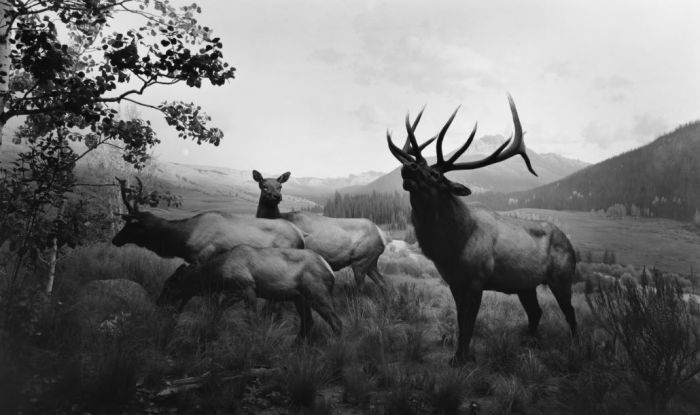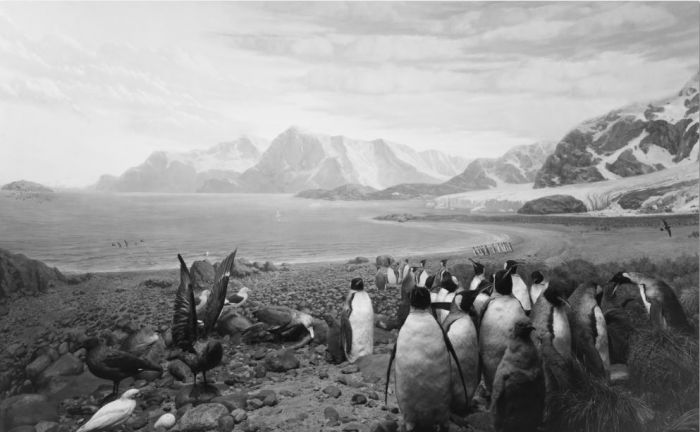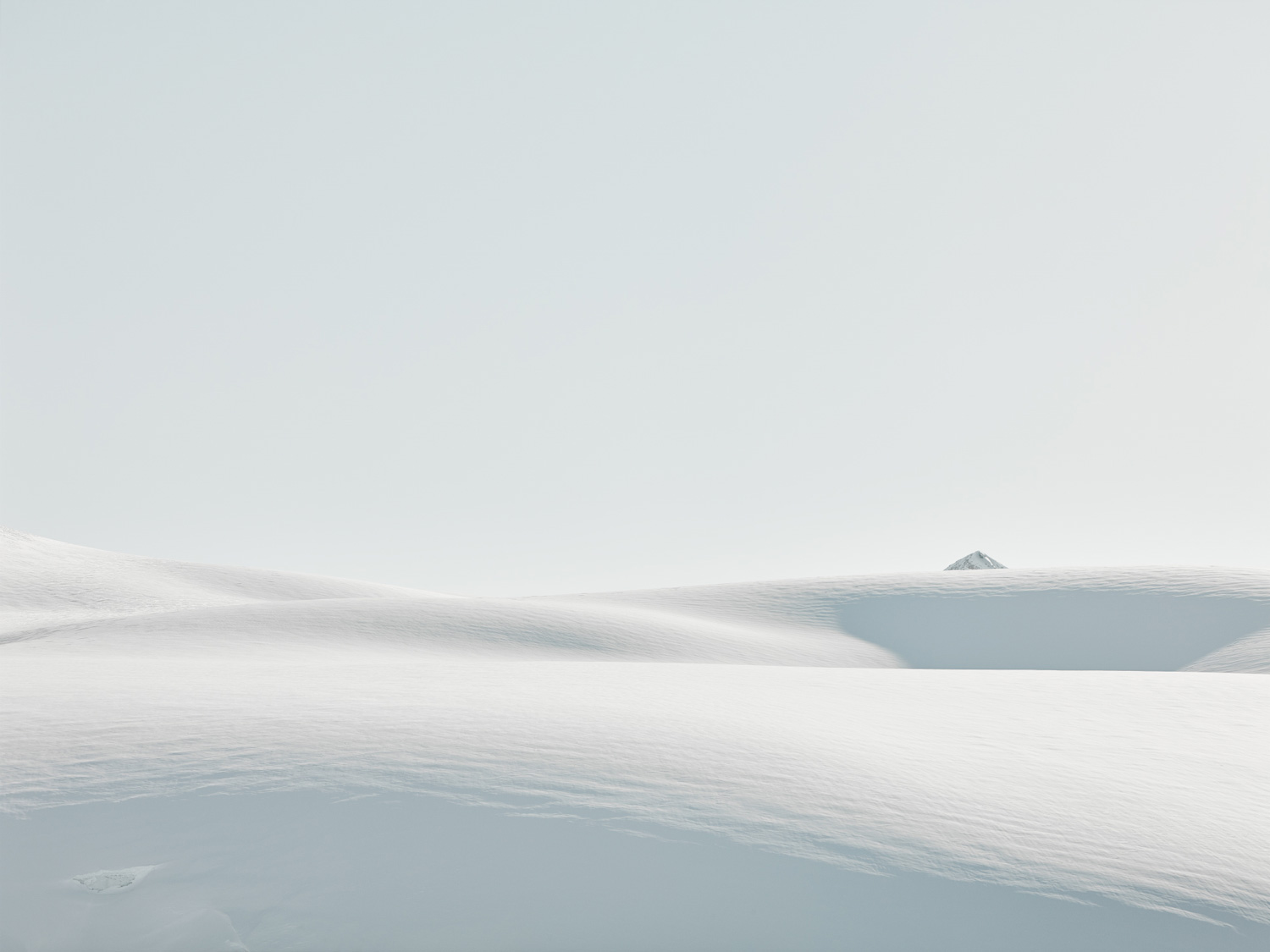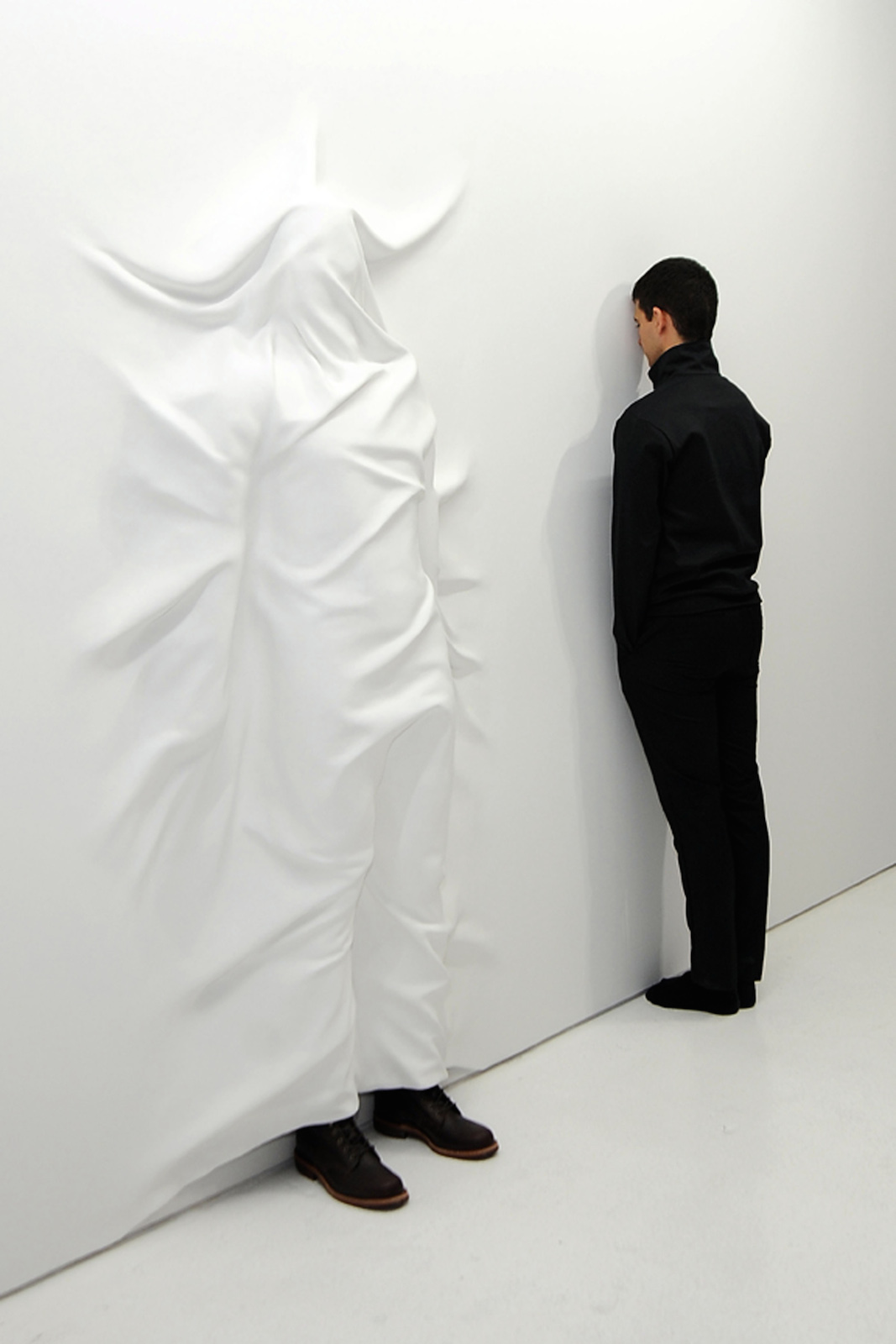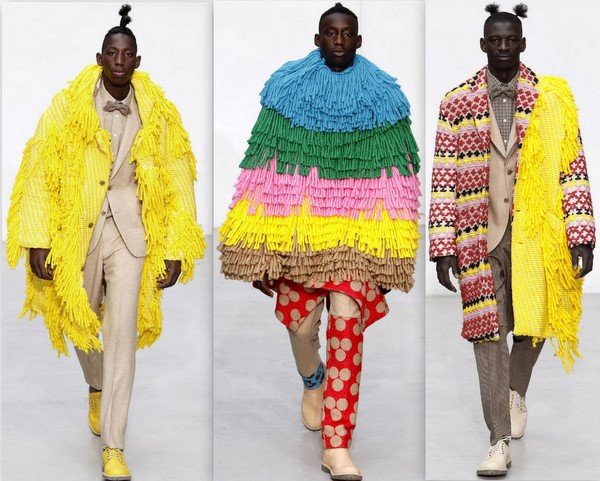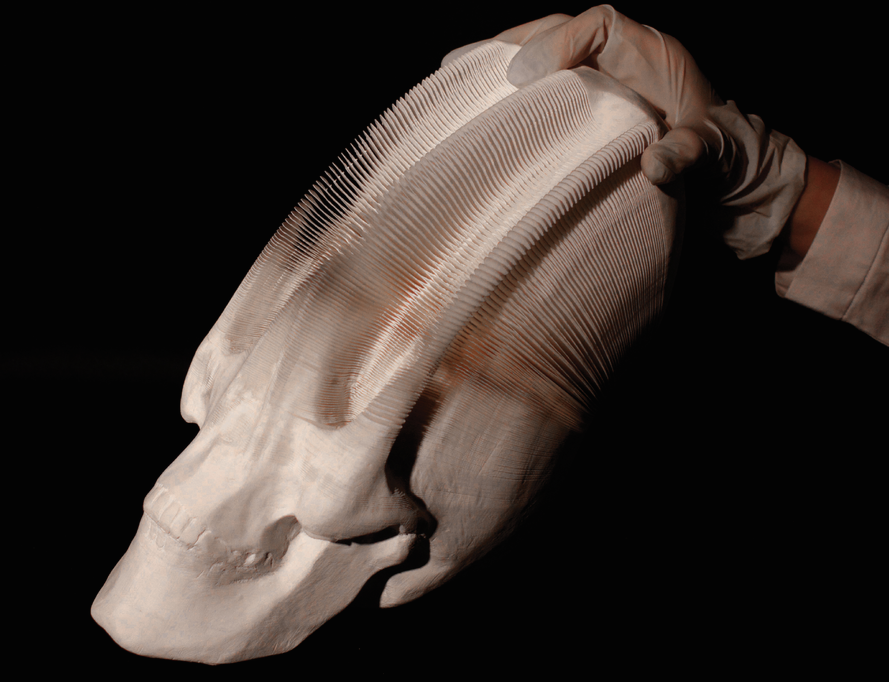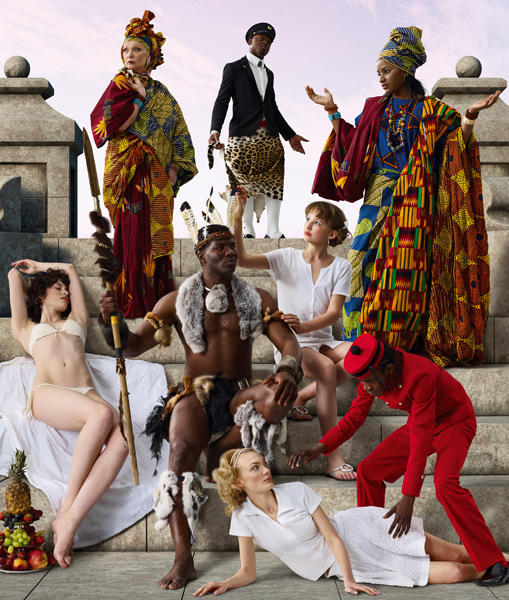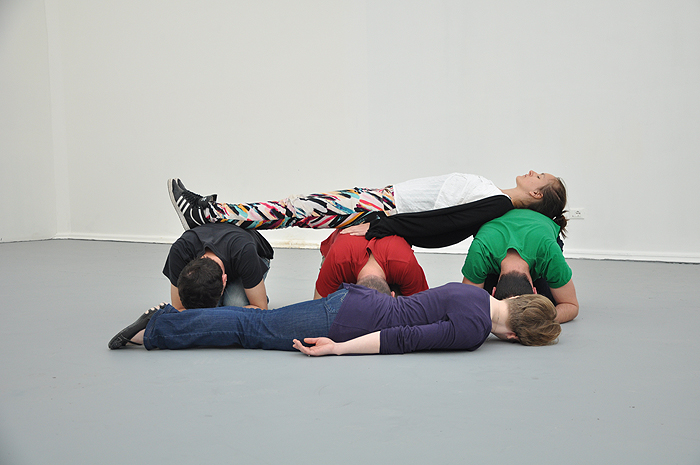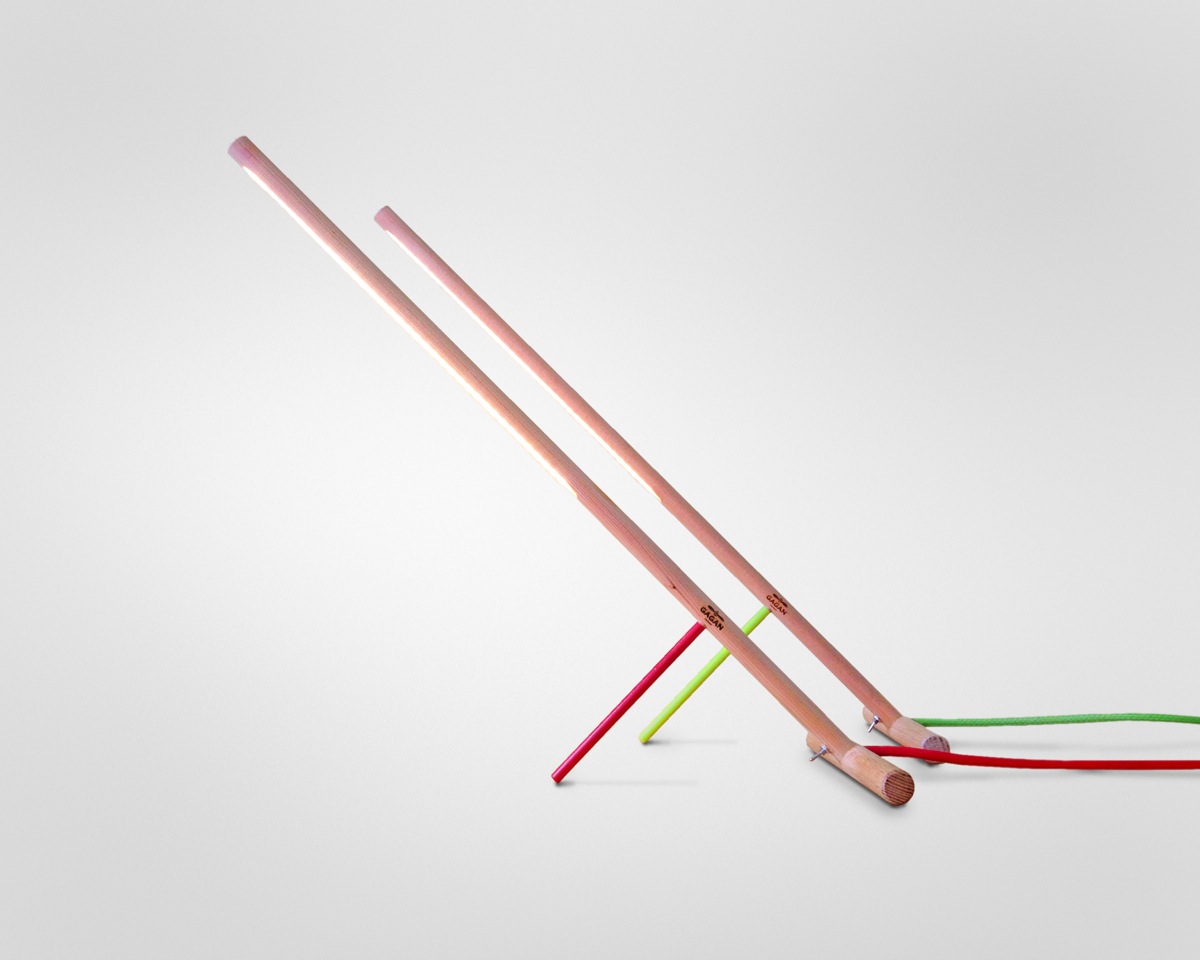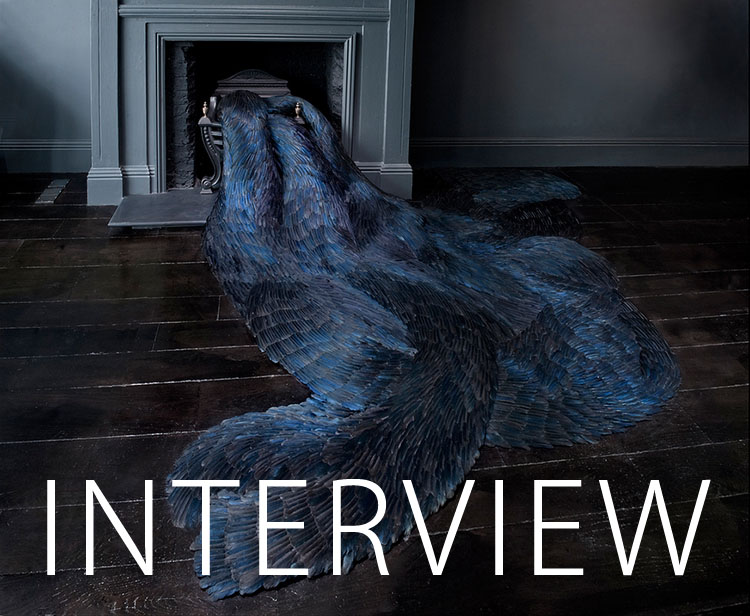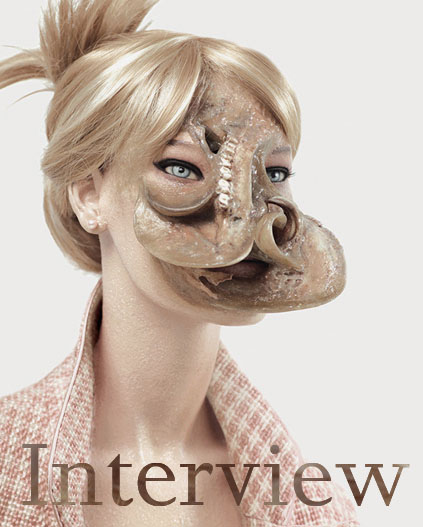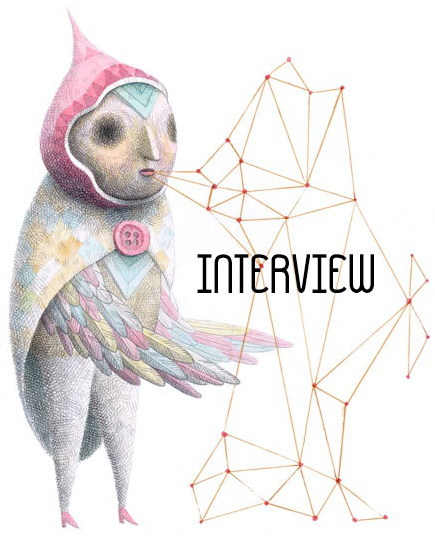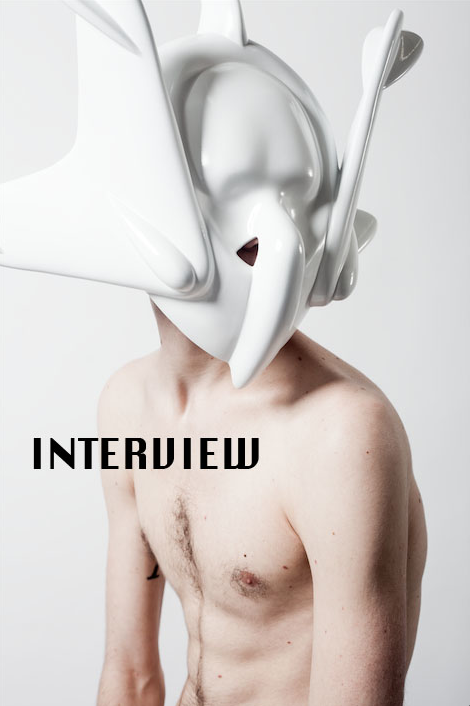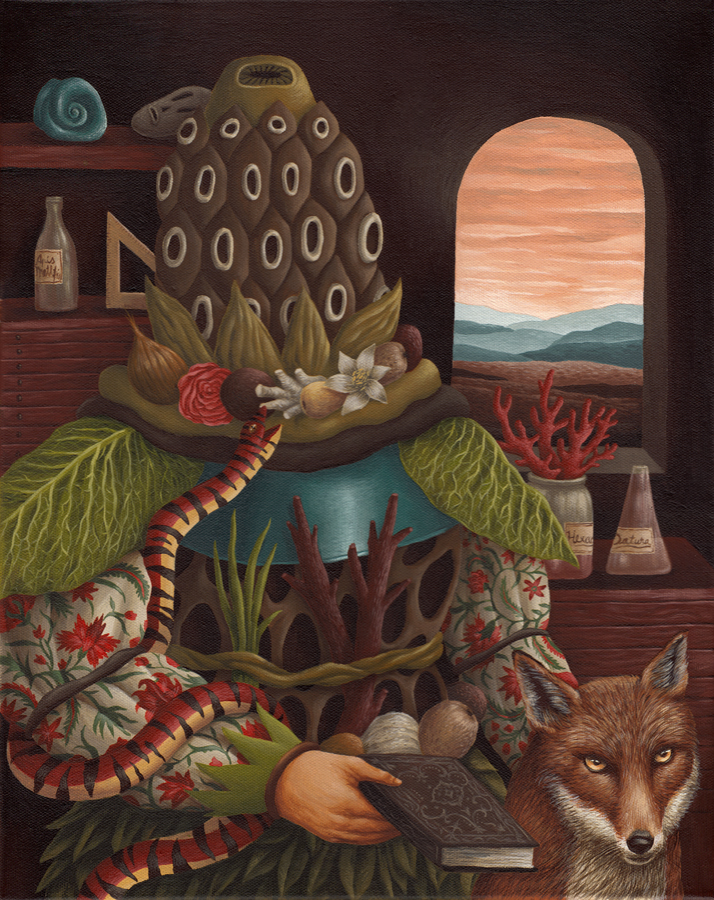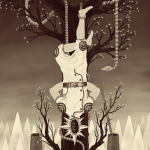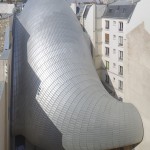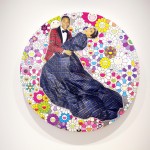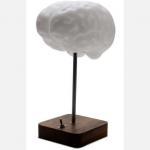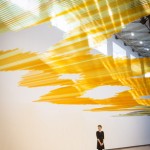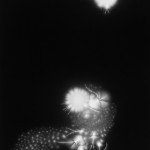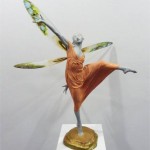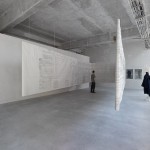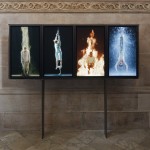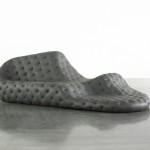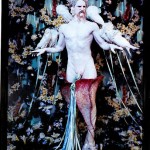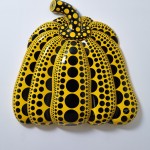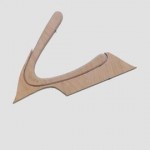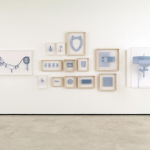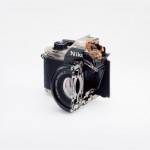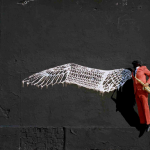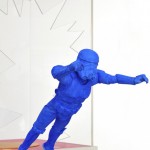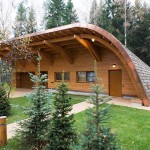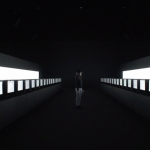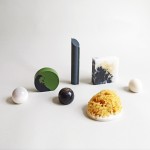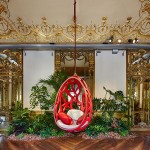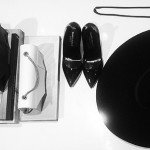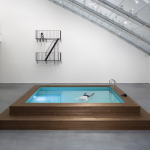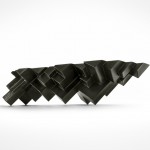INHALE is a cultural platform where artists are presented, where great projects are given credit and readers find inspiration. Think about Inhale as if it were a map: we can help you discover which are the must-see events all over the world, what is happening now in the artistic and cultural world as well as guide you through the latest designers’ products. Inhale interconnects domains that you are interested in, so that you will know all the events, places, galleries, studios that are a must-see. We have a 360 degree overview on art and culture and a passion to share.

Hiroshi Sugimoto: Still Life, an exhibition of thirteen large-format photographs from the artist’s ongoing Diorama series executed between 1976 and 2012. The exhibition will be on view at 6 Burlington Gardens from 21 November 2014 to 24 January 2015.
Capturing large-scale dioramas inside natural history museums, Sugimoto’s photographs initially seem to be documents of the natural world, featuring far-flung landscapes and wildlife. Sugimoto, however, dwells in the artifice of the images. Composed in crisp black and white and sharp tones, the pristine quality and stillness of these large-scale pieces reveal the inherent artificiality of the constructed worlds contained within their frames.
Surveying his Diorama series, the exhibition highlights recurring themes and images that have sustained Sugimoto’s interest and work for almost four decades. Some of the works on view from 1980 were recently printed for the first time, and some images from 1974 and 1994 are exhibited in larger sizes than their initial printings.
The earliest works on view in the exhibition are dated to 1976, when Sugimoto first moved to New York and visited the American Museum of Natural History. “The first time I saw a diorama I was overwhelmed by the fragility of existence that it captured. Being models of nature, dioramas include many of the world’s constituent parts,” Sugimoto wrote. “The only thing absent is life itself. Time comes to a halt and never-ending stillness reigns.” The works both breathe new life into the natural scenes, conjuring a false sense of reality, while highlighting their lifelessness.
Essential to Sugimoto’s oeuvre are the concepts of memory and preservation, evident here in his exploration of nature as mediated through the museum. Since beginning this series, the notion of fossilization has become an important concept for Sugimoto and permeates his work. Exploring it as a historical fact and photographic conceit, the fossil serves as a living record and point of departure into history, crystalizing a moment in time into a singular object. Sugimoto’s process echoes this notion, capturing these frozen scenes on his large-format camera with specific lighting and extended exposures, lasting as long as twenty minutes. The exhibition documents the evolution of themes, beginning with Polar Bear (1976), his first photograph from the series. Returning to the American Museum of Natural History in New York where the project began, his work from 2012 reveals a heightened influence in landscape, envisioning the world as it was before and will be after animal life has gone extinct. These pieces synthesize his lifelong interest in the forces of history with the changes of the natural world and central questions of photography. “All over the planet, nature is being transformed into un-nature at breakneck speed,” Sugimoto wrote. “My life is part of natural history. I long to know where that history came from and where it is going.”
via pacegallery.com




